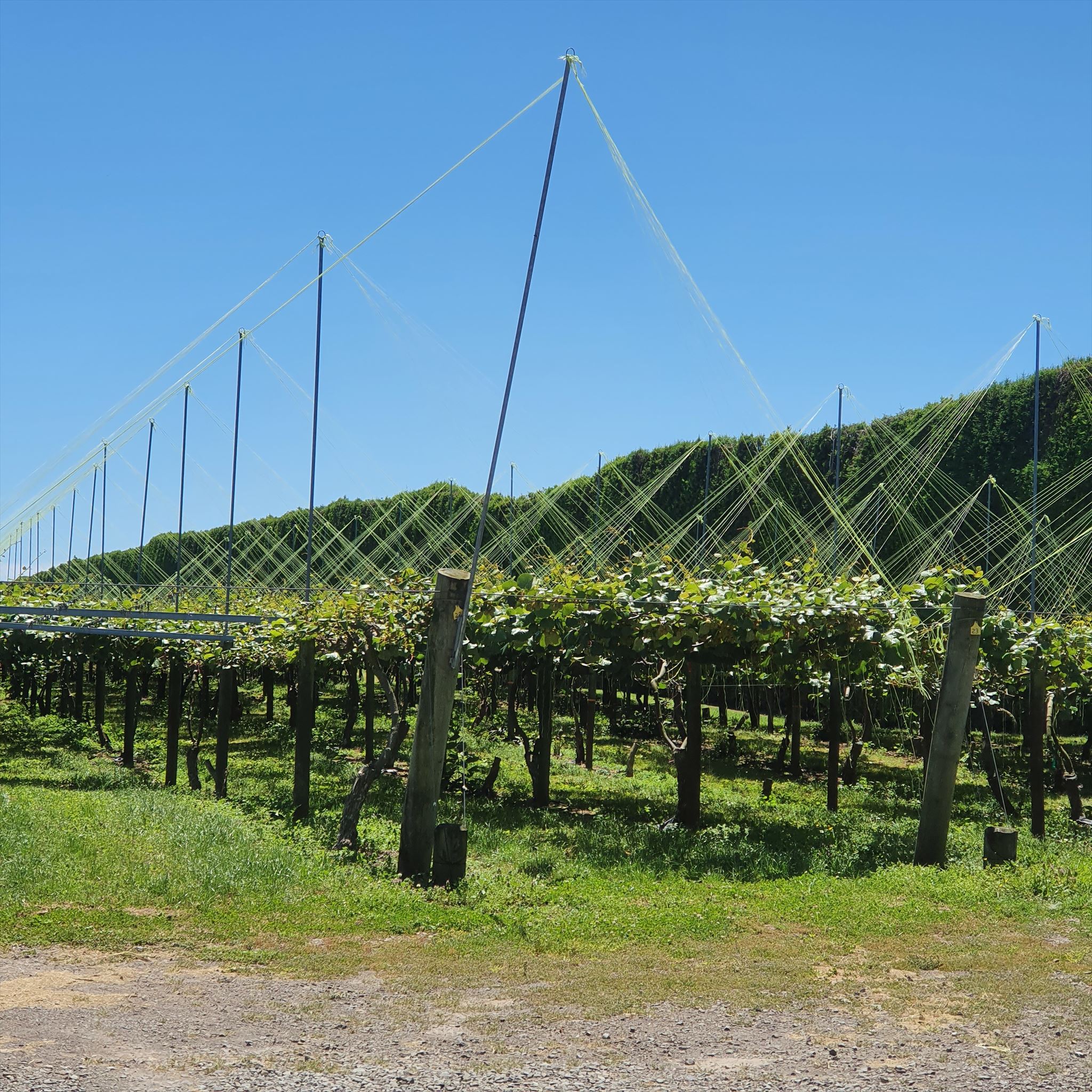
The Tuia Mātauranga Pōkai Whenua GeoTour follows the footsteps of early explorers of Aotearoa New Zealand taking you to places where leaders of the past searched for food, resources and ways to adapt and survive in this new land.
Use the Pōkai Whenua GeoTour as your classroom to explore the stories of the past, in the present, to preserve what is unique in Aotearoa New Zealand for the future.
Collect the codewords to get the Geocoin puzzle piece.
To be able to complete this GeoTour and receive your special Geocoin collectable, remember to take a note of the codeword placed in the cache. This will need to be recorded in your passport which can be downloaded here.
|
63 of the 150 Pōkai Whenua GeoTour caches will contain a randomly placed special FTF token (a replica of the Tuia Mātauranga GeoTour commemorative coin). This is yours to keep! If you find more than one, you might consider leaving it for the next person who finds the cache.
Actinidia deliciosa is native to southern China. In 1904 Mary Isobel Fraser brought seed back after visiting China. They were first grown in a nursery in Whanganui with the vines first fruiting in 1910. They reportedly tasted like a gooseberry so became known as Chinese gooseberry. In 1934 Jim MacLoughlin bought a seven acre lemon and passionfruit orchard in No 3 Road, Te Puke. His neighbour had two Chinese gooseberry plants and had sold his fruit for a princely sum of £5. Jim planted half an acre in Chinese gooseberries in 1937 and so the Te Puke kiwifruit industry began. In 1952 the first exports were made. The name “Chinese gooseberry” didn’t reflect that the fruit was from New Zealand. At a Turners and Growers meeting in 1959, Jack Turner suggested the name “kiwifruit” which has now become an industrywide name. The town of Te Puke, where New Zealand’s kiwifruit industry began, markets itself as the “Kiwifruit Capital of the World”.
Vines need fertile soil, sheltered from the wind and protected from frosts. Female and male flowers grow on separate plants so bees are often brought in for pollination. There is on going research to find the best structures to grow the vines and maximise the light for increased production ranging from T-Bar systems, pergola, trellis, and raised pole systems.
At harvest time in April, May and June the fruit is picked and then sorted and packed at large packhouses. The fruit then goes into huge coolstores, usually attached to the packhouse, for storage until exported. There are several coolstores nearby.
Today all exported kiwifruit is marketed through the Zespri Brand (previously the New Zealand Kiwifruit Marketing Board). Kiwifruit is the country’s highest earning horticultural crop. In 2018 sales revenue was $2.1 billion with 149 million trays exported.

PLEASE NOTE: Te Tumu Road can be a busy road, especially during kiwifruit harvesting. Please take care with children.
Absolutely NO Acess from the toll Road Eastern Link Highway....you must use Te Tumu Road.